ART 310 Bedienungsanleitung
Lies die bedienungsanleitung für ART 310 (6 Seiten) kostenlos online; sie gehört zur Kategorie Nicht kategorisiert. Dieses Handbuch wurde von 4 Personen als hilfreich bewertet und erhielt im Schnitt 4.4 Sterne aus 2.5 Bewertungen. Hast du eine Frage zu ART 310 oder möchtest du andere Nutzer dieses Produkts befragen? Stelle eine Frage
Seite 1/6

General Overview
The Model 310 is a fourth order Linkwitz-Riley electronic crossover. This
unit may be used in two modes of operation:
Stereo 2-Way -or- Mono 3-Way
The 310 crossover splits the frequency of an input signal into two (when
used as a 2-Way crossover) or three (when used as a 3-Way crossover)
separate signals which may then be sent to amplifiers or other signal pro-
cessing equipment in a sound system.
Power Connections
The 310 has an internal power supply which is designed to operate from
95 to 130VAC at 50/60Hz or from 190 to 250VAC at 50Hz. Power con-
sumption is 12 watts. Make sure the line voltage switch is set to the prop-
er setting before plugging the unit into a mains socket.
Never operate this piece of equipment with the ground pin removed. If the
cord becomes cracked or broken, discontinue use until you can have it
replaced.
Installation
The 310 occupies a 1U rack space and is intended for installation in stan-
dard 19” equipment racks. Its depth is 8.5” and weight is 4.5lbs (2.5kg.)
* Caution: The following must be observed to prevent malfunction-
ing and/or possible equipment damage.
1. Before plugging in the 310 into the main AC line, make sure that all of
the equipment following the crossover outputs is turned off or all of the
inputs are turned down.
2. The unit should only be turned on after it has been established that the
main AC line is supplying the correct voltage.
3. Never change the frequency range switches (from x10 to p1-x1 posi-
tion - or vice versa) with the crossover passing audio signals.
Transients can result and speaker damage is possible.
4. Keep the 310 away from excessive moisture.
1

Note: the High 1 and the Input 2 jacks are not used when configured for
three-way.
Front Panel
Power Switch
The power switch applies and removes power to the 310. Make sure all
equipment after the 310 is either off or the volumes are turned all the way
down before turning on or off the 310.
Clip Indicators
Separate High and Low clip indicators are provided for each frequency
band in the 310. These indicators will light at approximately 3dB before
clipping occurs in any stage of the 310. If these indicators light, you are
overloading the 310. Either turn down the input controls on the 310 or
turn down the output level of the piece of equipment in front of the 310
(i.e. mixer, equalizer or other piece of processing equipment.).
Input Level
An Input Level control is provided on each channel of the 310. If you are
using the 310 as a mono 3-way crossover, the Input control on the far left
is the only one used. The input level control should be set at its “0” mark-
ing in most cases. Adding or reducing gain should only be done to make
up for deficiencies in another part of the system.
Mute Switches
Mute switches are provided for each output on the 310. These are intend-
ed for use when setting up your system and testing either the crossover
frequency point or the separate cabinets (and amplifiers) they are feed-
ing. These switches allow you to isolate a specific frequency output on a
specific channel for fine-tuning or trouble-shooting. It is not recommended
that you mute or activate any frequency band during normal usage.
Levels should be turned down while the mute switches are either activat-
ed or de-activated.
High and Low Output Levels
Each channel of the 310 has a High and Low Output Level control. These
controls are used to set the output levels to the next piece of equipment
connected to the 310. (In most cases this would be power amplifiers.)
There is no gain associated with these controls - only attenuation. In most
cases you will use the 310 with the output controls set fully clockwise (at
their “0” setting.) If you find that you are overdriving the inputs of your
3
Stereo 2-Way and Mono 3-Way Operation
A stereo 2-way sound system is typically set up as follows: Separate
high frequency (horn or full range) and low frequency (bass or sub) cabi-
nets are used for each side (left and right) of the sound system. The
crossover is used to split each side of the stereo signal into two frequen-
cy bands which will feed separate power amplifiers. This arrangement
accomplishes two things: it allows the proper frequencies to be routed to
the proper speaker cabinets and it allows the amplifier to produce power
more efficiently to the speakers it is driving.
A 3-way sound system is typically set up as follows: Separate high
frequency (horn), mid frequency (mid or full range) and low frequency
(bass or sub) cabinets are used for each side (left and right) of the sound
system. The crossover is used to split each side of the stereo signal into
three frequency bands which will feed separate power amplifiers. This
arrangement accomplishes two things: it allows the proper frequencies to
be routed to the proper speaker cabinets and it allows the amplifier to
produce power more efficiently to the speakers it is driving.
You will need two 310 crossovers if you’re three-way system is stereo.
It is very important that you use caution when selecting the
crossover points for any system. Refer to the documentation that
came with your speaker cabinets for information on their proper fre-
quency ranges. This is especially important for high frequency
horns; damage may occur from sending lower frequencies than
specified into the drivers!
Rear Panel
Input and Output Connections
The XLR input and output connections are balanced and follow the AES
standard for wiring: Pin 1 = Ground, Pin 2 = Hot (+), Pin 3 = Cold (-). The
input and output 1/4” connectors are unbalanced. The 1/4” connections
are: Tip = Hot (+) and Ring = Cold (-).
The input and output jacks are labeled for stereo 2-way and mono 3-way
use. For stereo two-way usage, follow the connections labeled one (1)
and two (2). Example: Input 1, Low 1, High 1. For mono three-way usage,
follow the connections labeled Input, Low, Mid, High.
2
Produktspezifikationen
| Marke: | ART |
| Kategorie: | Nicht kategorisiert |
| Modell: | 310 |
Brauchst du Hilfe?
Wenn Sie Hilfe mit ART 310 benötigen, stellen Sie unten eine Frage und andere Benutzer werden Ihnen antworten
Bedienungsanleitung Nicht kategorisiert ART

3 September 2025
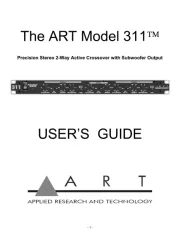
2 August 2025
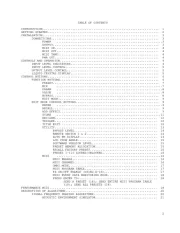
22 Juni 2025

21 Juni 2025

21 Juni 2025
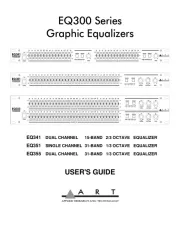
21 Juni 2025
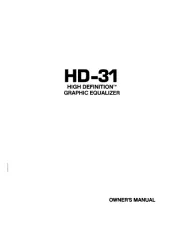
15 Juni 2025
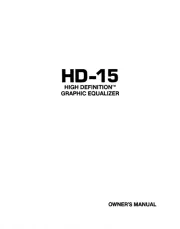
14 Juni 2025

16 Oktober 2024

23 September 2024
Bedienungsanleitung Nicht kategorisiert
- Rostra
- Joseph Joseph
- Sanitec
- Bleep Labs
- INTIMINA
- TOGU
- Simplicity
- DNT
- Canon
- Skullcandy
- Steelbody
- Raijintek
- Aqua Marina
- AquaPur
- SainSmart
Neueste Bedienungsanleitung für -Kategorien-
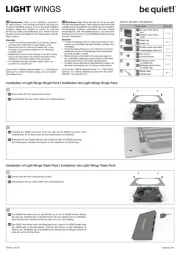
4 September 2025

4 September 2025
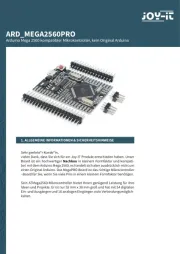
4 September 2025
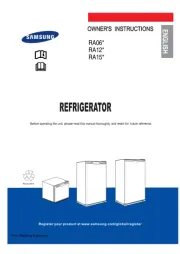
4 September 2025
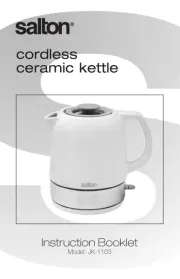
4 September 2025
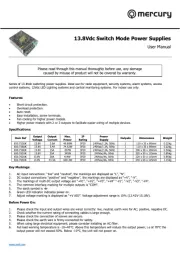
4 September 2025

4 September 2025

4 September 2025
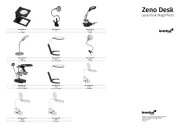
4 September 2025

4 September 2025